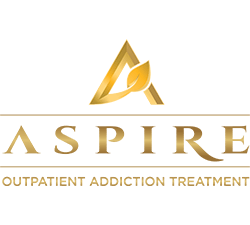Relapse Prevention
What Is Relapse?
Relapse prevention is a process that should start before temptations to use or drink happen. Relapse is commonly thought of as the moment an individual begins using drugs or alcohol after a period of abstinence. This is an incomplete definition.
Relapse is actually a process that has defined stages. These stages can occur in rapid succession quite quickly or slowly over time. Relapse is a catch all term for falling into past unhealthy behaviors, ultimately the final stage of relapse is physical drug or alcohol use.
Relapse Prevention
Relapse prevention addresses many topics such as social groups, emotional cues, triggers, and developing more positive coping behaviors. As relapse is a process just as recovery is, therefore, individuals can become aware of warning signs that they are falling into a relapse pattern for picking up a drink or a drug.
At Aspire of Texas we specifically tailor relapse prevention plans for clients based off of their treatment plans. These prevention plans can be a valuable tool to use in treatment as the client can have a concrete plan on what to do when they experience cravings to use or drink.
A New Chance For Chronic Relapses
Relapse prevention is particularly beneficial for those who have had periods of sobriety in the past, but ultimately failed to stay sober. It can be frustrating when an individual feels they are doing the best they can in terms of recovery but continually end up using. Relapse prevention plans help individuals identify warning signs that they may have missed in the past giving them a greater potential at a life of recovery.
Relapse prevention plans may include but are not limited to the following components: contact information of supportive people, activities to engage in instead of using substances, places to avoid,triggers and warning signs, lists of AA meetings or related support groups, and a plan if relapse does occur. Aspire of Texas specifically utilizes the Gorski Method of Relapse Prevention. You can learn more about the Gorski Method here.



